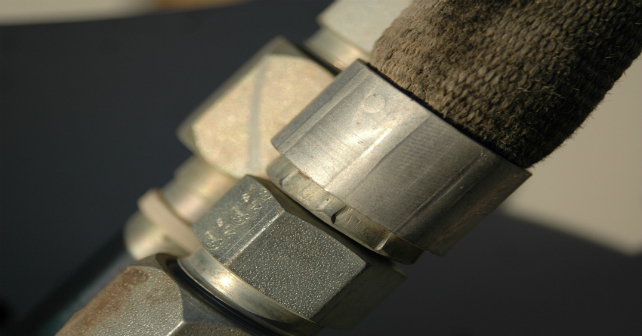
Anywhere that a coupling is desired, nipples can play a crucial role in making sure it happens correctly. The presence (or absence) of a nipple may well determine whether the coupling will happen at all.
Problem
The integrated lighting in a standard camera is unable to provide the high-quality lighting demanded by high production rates. In these circumstances the camera will likely fail to capture accurate images of the presence (or absence) of a nipple on the mechanical part under inspection by your machine vision system.
Solution
The choice of specific lighting will be determined by the nipple’s location, dimensions, materials and other physical factors. With the following suggestions you can be sure that your camera will create the best images possible to make sure that your mechanical parts have been correctly assembled.
LED Bar lights (square or parallel configuration): The use of bar lights to create a square or parallel lighting zone is recommended for cumbersome, long pieces.
Low Angle Lighting: This lighting type is best used with smaller work-pieces, or to prevent glare from shiny materials.







No Responses to “How to Set up Lighting for Detecting Dimples”